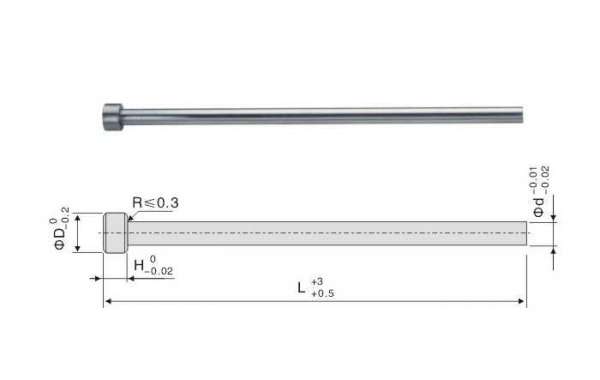The principal advantage of Injection plastic mold is the ability to scale production en masse. Once the initial costs have been paid the price per unit during injection molded manufacturing is extremely low. The price also tends to drop drastically as more parts are produced. Other advantages include the following:
Injection Molding produces low scrap rates relative to traditional manufacturing processes like CNC machining which cut away substantial percentages of an original plastic block or sheet. This however can be a negative relative to additive manufacturing processes like 3D printing that have even lower scrap rates. Note: waste plastic from injection molding manufacturing typically comes consistently from four areas: the sprue, the runners, the gate locations, and any overflow material that leaks out of the part cavity itself (a condition called “flash”).
Screen_Shot_2016-03-08_at_8.04.05_AM.png
Image From Ferris.edu
A sprue is simply the channel that guides molten plastic from the nozzle of the injection molding machine to the entry point for the entire injection mold tool. It is a separate part from the mold tool itself. A runner is a system of channels that meet up with the sprue, typically within or as part of the mold tool, that guides the molten plastic into the part cavities within the mold tool. There are two principal categories of runners (hot and cold) which you can read about here. Lastly, the gate is the part of the channel after the runner that leads directly into the part cavity. After an injection mold cycle (typically only seconds long) the entirety of the molten plastic will cool leaving solid plastic in the sprue, runners, gates, part cavities themselves, as well as a little bit of overflow potentially on the edges of the parts (if the seal isn’t 100% right).
Thermoset material, such as an epoxy resin that cures once exposed to air, is a material that cures and would burn after curing if one attempt is made to melt it. Thermoplastic material by contrast, is a plastic material that can be melted, cool and solidify, and then be melted again without burning. With thermoplastic materials the material can be recycled are used again. Sometimes this happens right on the factory floor. They grind up the sprues/runners and any reject parts. Then they add that material back into the raw material that goes into the injection molding press. This material is referred to as "re-grind". Typically, quality control departments will limit the amount of regrind that is allowed to be placed back into the press. (Some performance properties of the plastic can degrade as it is molded over and over). Or, if they have a lot of it, a factory can sell this re-grind to some other factory who can use it. Typically regrind material is used for low-quality parts that don't need high performance properties.
Injection Molding is very repeatable. That is, the second part you produce is going to be practically identical to the first one etc. This is a wonderful characteristic when trying to produce brand consistency and part reliability in high volume production.
Welcome to contact us if you are interested in Ejector sleeve!







